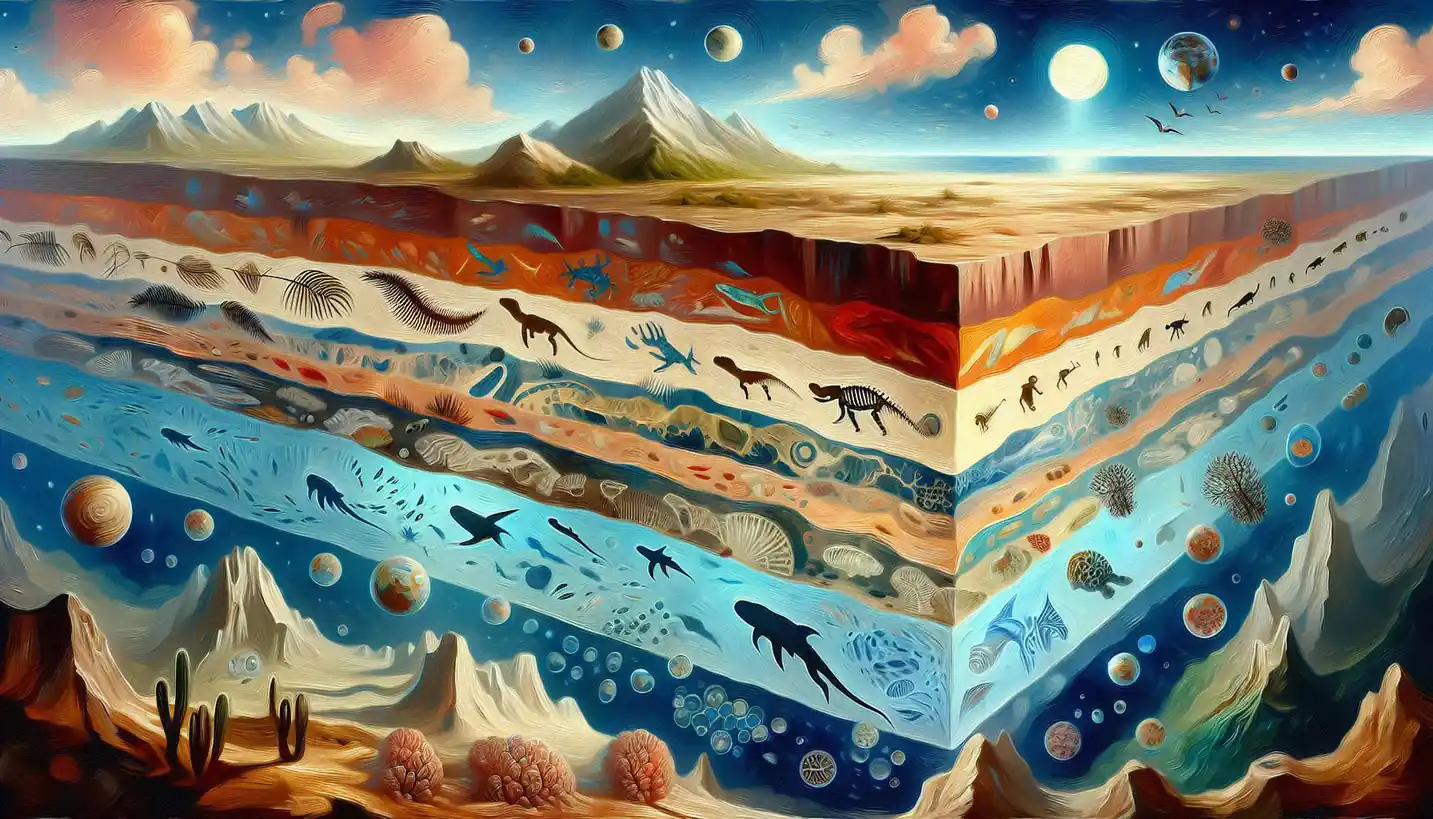· Biology · 4 min read
Zoonotic Transmission: Understanding the Leap from Animals to Humans
Zoonotic transmission involves viruses leaping from animals to humans, sparking pandemics and challenging global health efforts.

In our fast-paced world, we’re constantly hearing about diseases jumping from animals to humans. This process, known as zoonotic transmission, is a fascinating yet complex concept in virology and biology. When we dive into what makes these diseases spill over from animals to us, it’s like unfolding a mystery full of intricate details and surprising twists.
What is Zoonotic Transmission?
Zoonotic transmission is essentially a fancy term for when germs pass from animals to humans. These germs could be viruses, bacteria, parasites, or fungi. Over 60% of infectious diseases in humans are estimated to be zoonotic. Think about it this way: nature has its own way of transporting these tiny invaders through a vast network of wildlife.
The Story Behind the Jump
Imagine a forest teeming with life. In this vibrant ecosystem, different species live closely together, sharing resources and inevitably, germs. Every now and then, a germ finds itself in a new host—a host it wasn’t meant for. It’s like a wanderer stumbling into a new world, figuring out how to survive and thrive.
This leap, or “spillover,” might happen when humans come into close contact with these animals. Think of wet markets or farms where both humans and animals co-exist. But what makes this leap successful? It’s often about the pathogen’s ability to adapt. Like a chameleon changing colors to blend into its environment, these pathogens evolve to overcome the defenses of a new host.
Example: The Case of COVID-19
Take, for instance, the coronavirus responsible for COVID-19. Scientists believe it started in bats, then possibly moved through another animal, like a pangolin, before reaching humans. This multi-step journey demonstrates how complex and unpredictable zoonotic transmission can be.
The Role of Humans and Environment
Human activities significantly influence zoonotic transmission. As we expand our cities and agriculturally tap into wild territories, we encroach on the habitats of numerous species. This invasion enhances opportunities for pathogens to make the jump from animals to humans.
Moreover, climate change plays a role as well. With warmer temperatures, certain regions become more hospitable to carriers of diseases—such as mosquitoes, who are infamous for spreading diseases like malaria and Zika virus. It’s like leaving the door open for these uninvited guests and allowing them to wander into new areas.
Preventing the Spread
So how do we stop these diseases from spreading? Surveillance and monitoring of wildlife diseases are crucial. It’s like keeping an eye on the weather to predict storms. Early detection can prevent potential outbreaks. New technologies, such as genome sequencing, help scientists track changes in pathogens, allowing them to see how a virus or bacteria evolves.
Additionally, educating the public about safe interaction with wildlife and enforcing strict hygiene practices can make a huge difference. It’s a bit like setting boundaries with nature, ensuring both people and animals coexist safely and healthily.
The Importance of Understanding Zoonotic Diseases
Understanding zoonotic diseases isn’t just about preventing outbreaks; it’s about sparking curiosity about how interconnected we are with the natural world. These diseases reveal the unseen threads that bind humans, animals, and our shared environments.
By studying zoonotic transmission, scientists can also be better prepared for future pandemics. Like detectives piecing together clues, they explore how diseases operate, spread, and, most importantly, how we can counteract them.
The Future of Zoonotic Research
The road ahead in studying zoonotic transmission is both challenging and exciting. Researchers are delving deeper into understanding the genetic evolution of pathogens, improving vaccines, and exploring novel treatments.
There’s also a growing emphasis on the “One Health” approach, which aims to unite human and veterinary medicine with environmental science. This interdisciplinary approach is like having a multi-skilled team tackling the problem from every angle, leading to a more comprehensive understanding of disease spread and prevention.
Closing Thoughts
Zoonotic transmission might seem like a daunting concept, but it’s a reminder of how small actions can reverberate across ecosystems. From the deepest jungles to sprawling cities, the story of these diseases is, in many ways, the story of our shared life on Earth. By delving into this fascinating world, we can learn to better protect ourselves and maintain the delicate balance of life on our planet.



